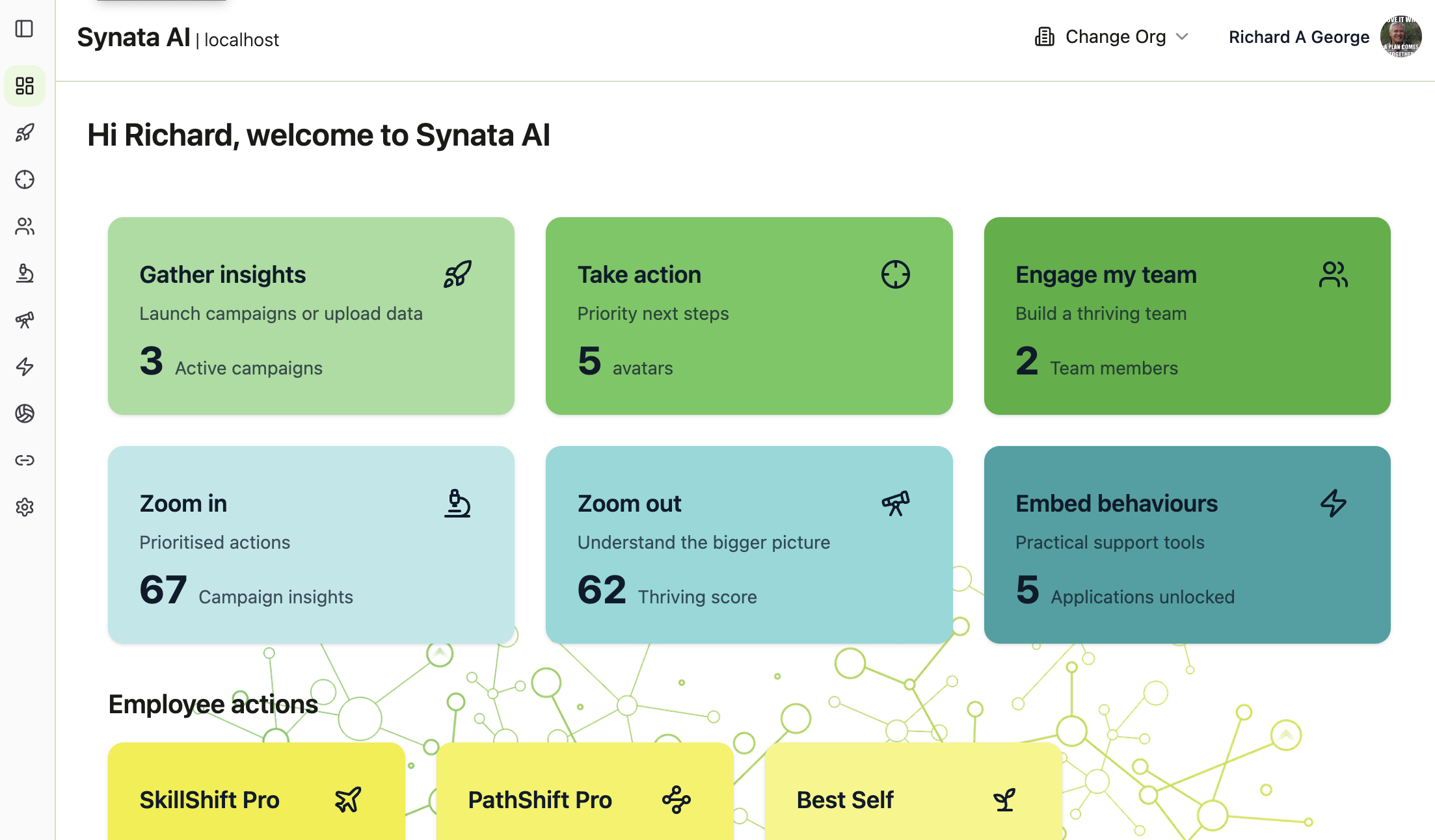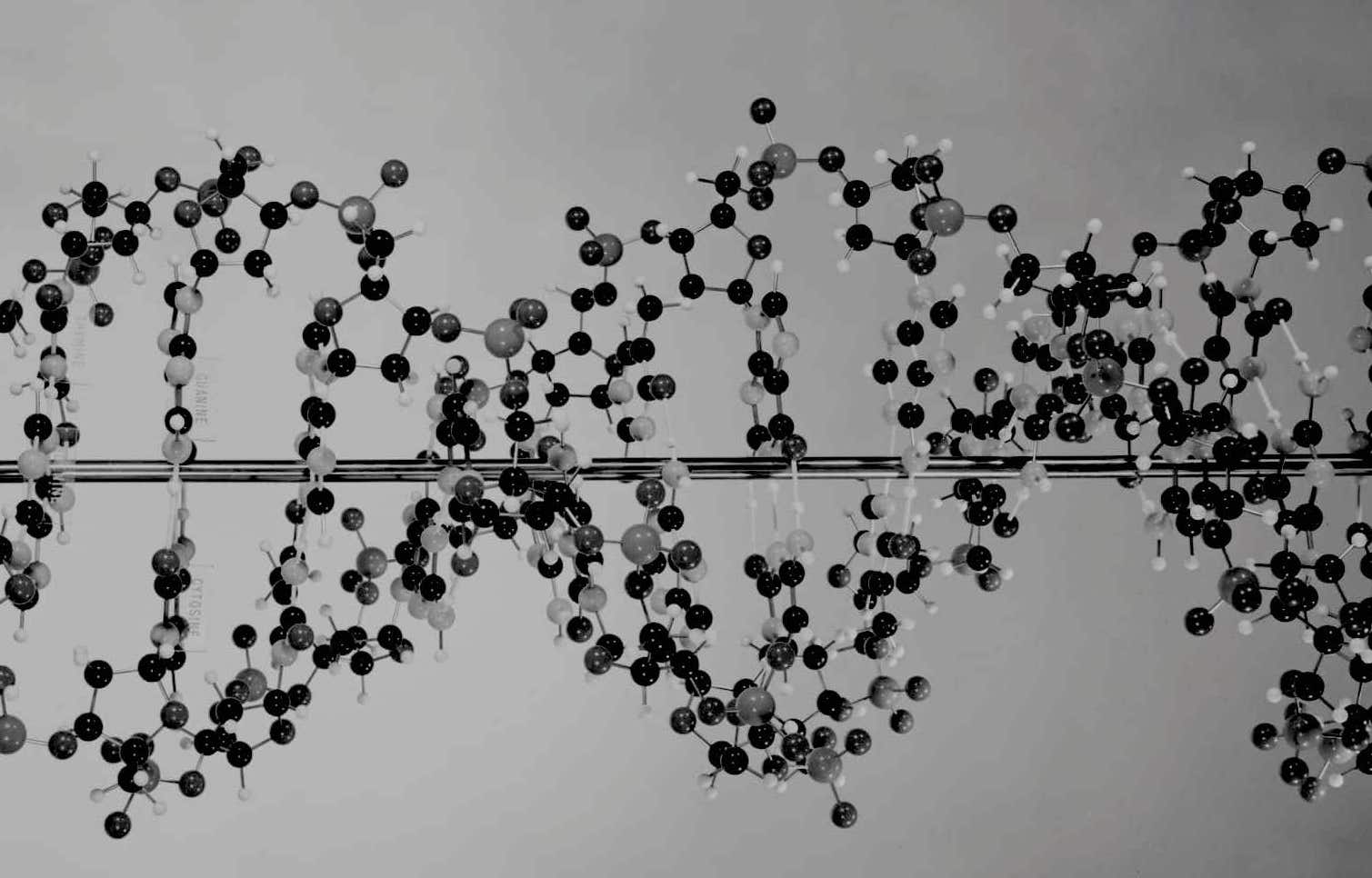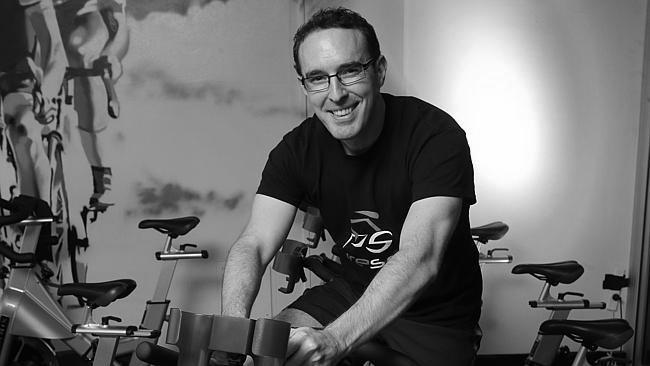
Synata AI by thriViae
Synata AI is an advanced AI platform that specializes in employee listening to build thriving organisations. Synata AI

Faethm AI
Faethm's AI SaaS platform models the evolution of work brought about by the disruptive effects of emerging technology. Faethm helps governments and companies prepare their workforce for the future. Richard was co-founder and Chief Data Scientist. Faethm AI (acquired by Pearson Plc in 2021)

Aiquist AI
Aiquist helps business leaders understand their economic, environmental and societal impact through the power of AI (now closed).

Monitor My Health
MMH is an IoT-AI start-up providing situational awareness to allow individuals to regain their independence and have confidence in at-home care. Richard is a strategic advisor to, and investor in, MMH (in stealth mode).

Orphan AI
Orphan AI is a drug-discovery biotech for the development of novel therapeutics to address genetic diseases. Based on Richard's research and proprietary IP. Richard is the founder of Orphan AI (activities paused).

PureSpin Indoor Cycle Studio
The best high intensity interval training in Sydney. Closed 2014.